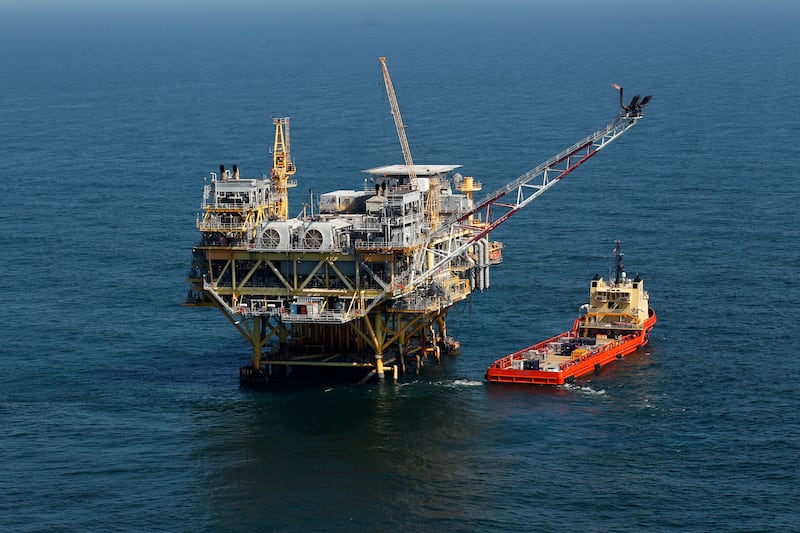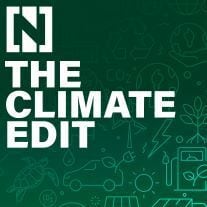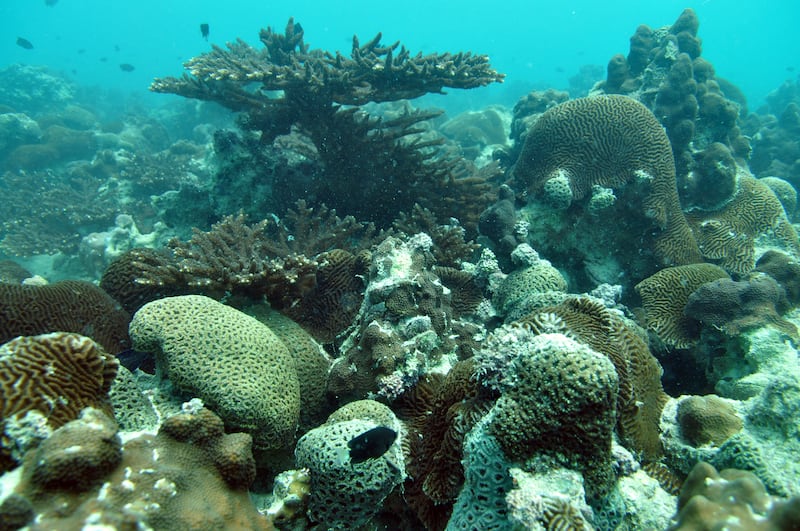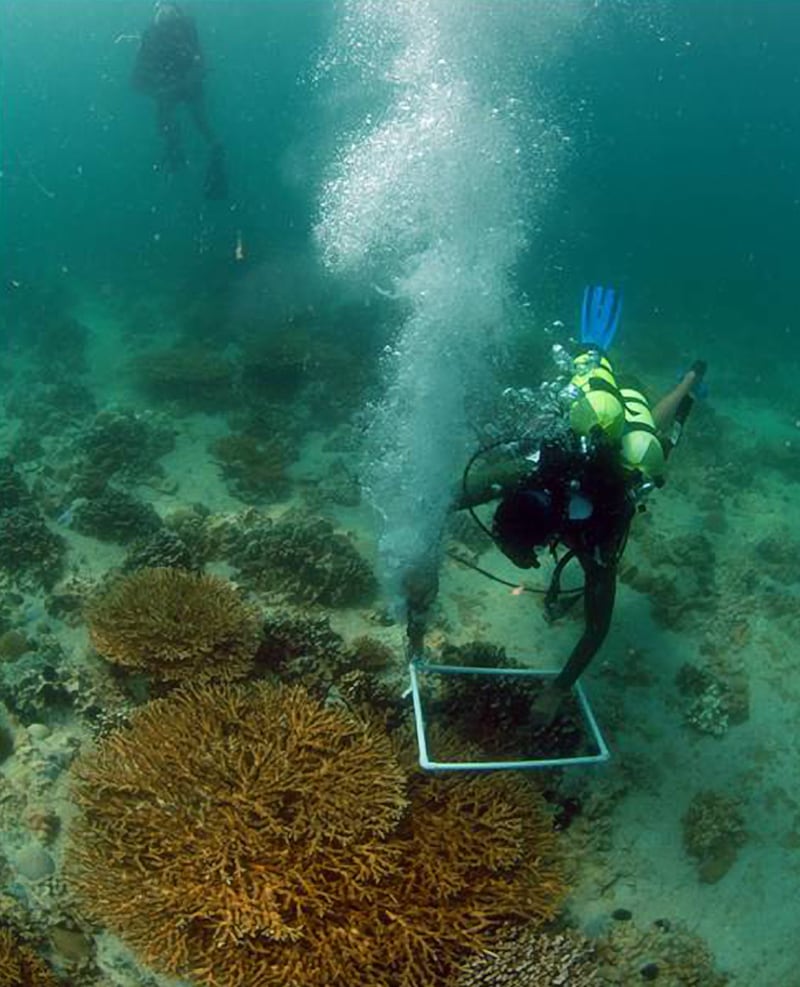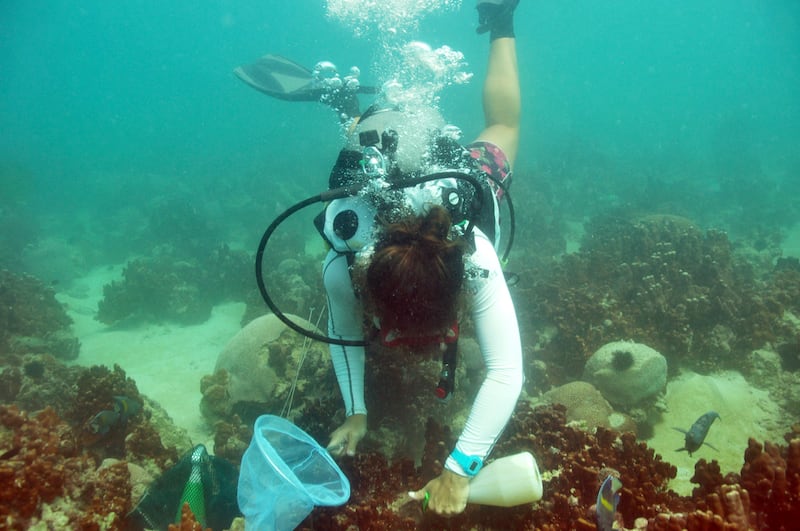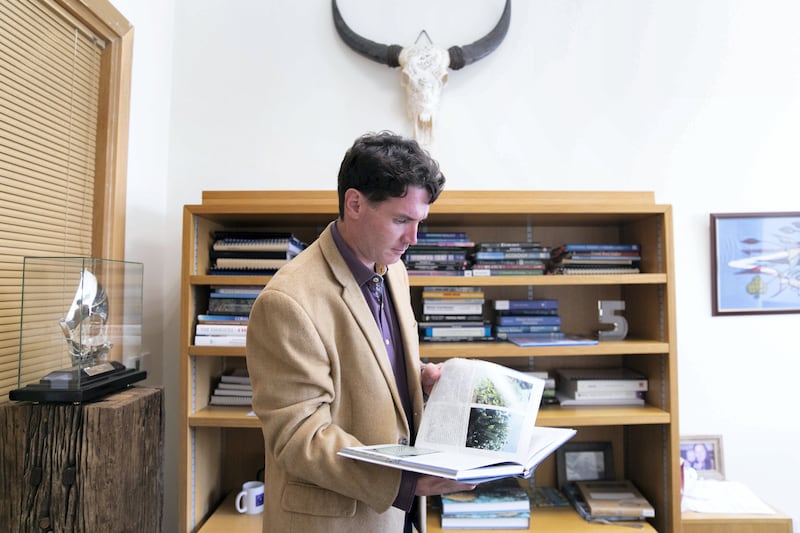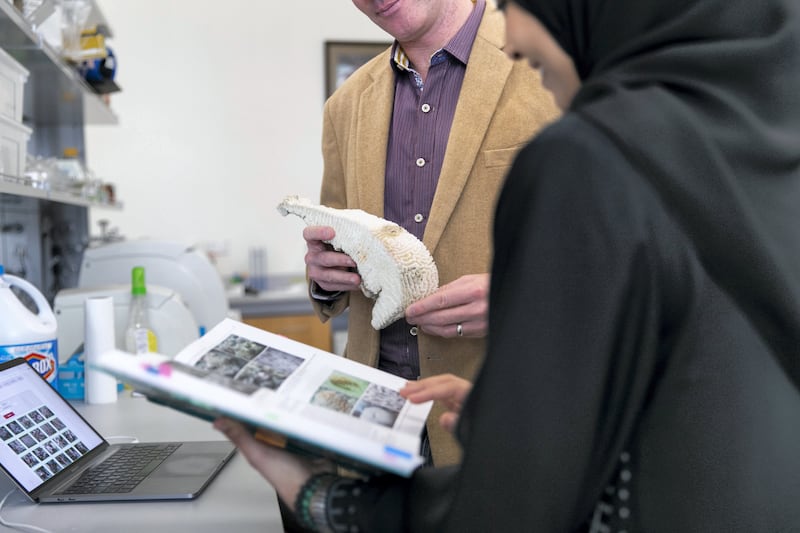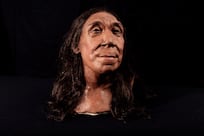As global temperatures – including the Gulf region – continue to warm, among the environments put under greater pressure are coral reefs.
Bleaching events, in which the algae that live within the corals are expelled, are becoming more common, threatening the future of these biodiversity hotspots.
New analysis has highlighted the way that human-made structures within the Arabian Gulf, notably oil platforms, however, act as biodiversity hotspots too, providing sanctuary for marine life including fish species.
But the research in the Regional Studies in Marine Science journal also indicates that the species found in and around human-made structures tend to be different from those living among naturally occurring coral reefs.
In the new study, a team of researchers, some at Qatar University, found that there was “a sharp difference between fish-associated communities from offshore platforms and natural reefs”.
They said this suggested that artificial structures “may not be suitable candidates” as surrogates for natural reefs.
“We are not trying to say that they could be an alternative per se, because that can give the wrong message [as this may suggest that] perhaps we can destroy other coral reefs, the natural ones,” said Dr Radhouan Ben Hamadou, an associate professor at Qatar University and one of the study’s authors.
“They are different – complementary – to each other. It’s not the same community; there’s some overlap, but the species, the functions and services provided by each other, they’re not exactly the same. Most of the corals that you find on the natural reefs, you will not find in the oil platforms.”
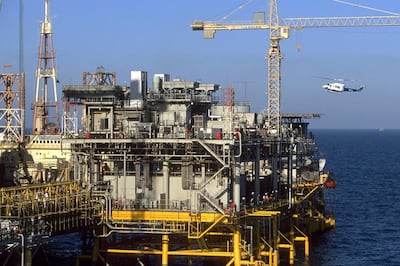
Unlikely sanctuary
The Arabian Gulf has more than 2,000 well heads and thousands of kilometres of subsea pipelines, providing an important habitat around which corals, fish and other marine organisms may live.
Oil platforms cover the whole water column of the Gulf, which is one of the world’s shallowest seas, with an average depth of about 30 metres and a maximum depth of about 75 metres, and so could provide habitats for creatures specialised for living at different depths.
Also, the complexity of their structures provides a great range of suitable habitats where different species can settle and grow.
Many are far from the coast and so provide refuge away from the disturbance caused by shoreline development and other human activities.
Among the other researchers in the region to have studied how human-made structures can act as artificial habitats for corals, fish and other organisms is Dr John Burt, an associate professor at New York University Abu Dhabi.
“Such structures are rapidly colonised by fishes after construction and can often contain communities of fish that are denser than occur in the surrounding habitats,” Dr Burt, who was not part of the Regional Studies in Marine Science study, said.
In areas where structures are elevated well above the mobile sands of the seabed, he said there may be a higher abundance of corals than on nearby reefs.
Nature still knows best
Echoing the latest research, however, he said that such pieces of infrastructure were “certainly not surrogates for natural habitats”.
“There have been many dozens of research papers on this topic here and across the globe and I know of no cases where the communities of fish or coral on an artificial structure closely resembled those of natural habitats,” he said.
“Instead, there are different types of fish or corals that tend to be abundant on these structures while rare on natural habitats, and those that are common to natural habitats may be rare to non-existent on infrastructure.
“They should be recognised for what they are – important but distinct artificial reef systems that are structurally and functionally different from natural ecosystems.”
Leaving platforms in place or not removing them fully could potentially save oil and gas companies hundreds of millions of dollars in the Gulf alone.
Important questions include deciding whether structures should be left as they are, toppled on to their side and, if they are to be cut, at what depth this should happen.
A major new research project by Dr Ben Hamadou, funded by petroleum company TotalEnergies, is looking to find answers to these kinds of questions.
“What are the most advantageous for biodiversity and in terms of connectivity of platforms to each other? How they can be stepping stones to move from one reef to another?” he said.
Separately, Dr Ben Hamadou recently completed an assessment on the state of the marine environment in the GCC for the UN Environment Programme.
“The general outlook is quite gloomy – a lot of loss of habitat, a lot of loss of biodiversity, of species changing their distribution, with a lot of coastal destruction,” he said.
However, he said it was hoped that some species would able to remain in refuges and that human-made structures could act as areas where species could be preserved.
